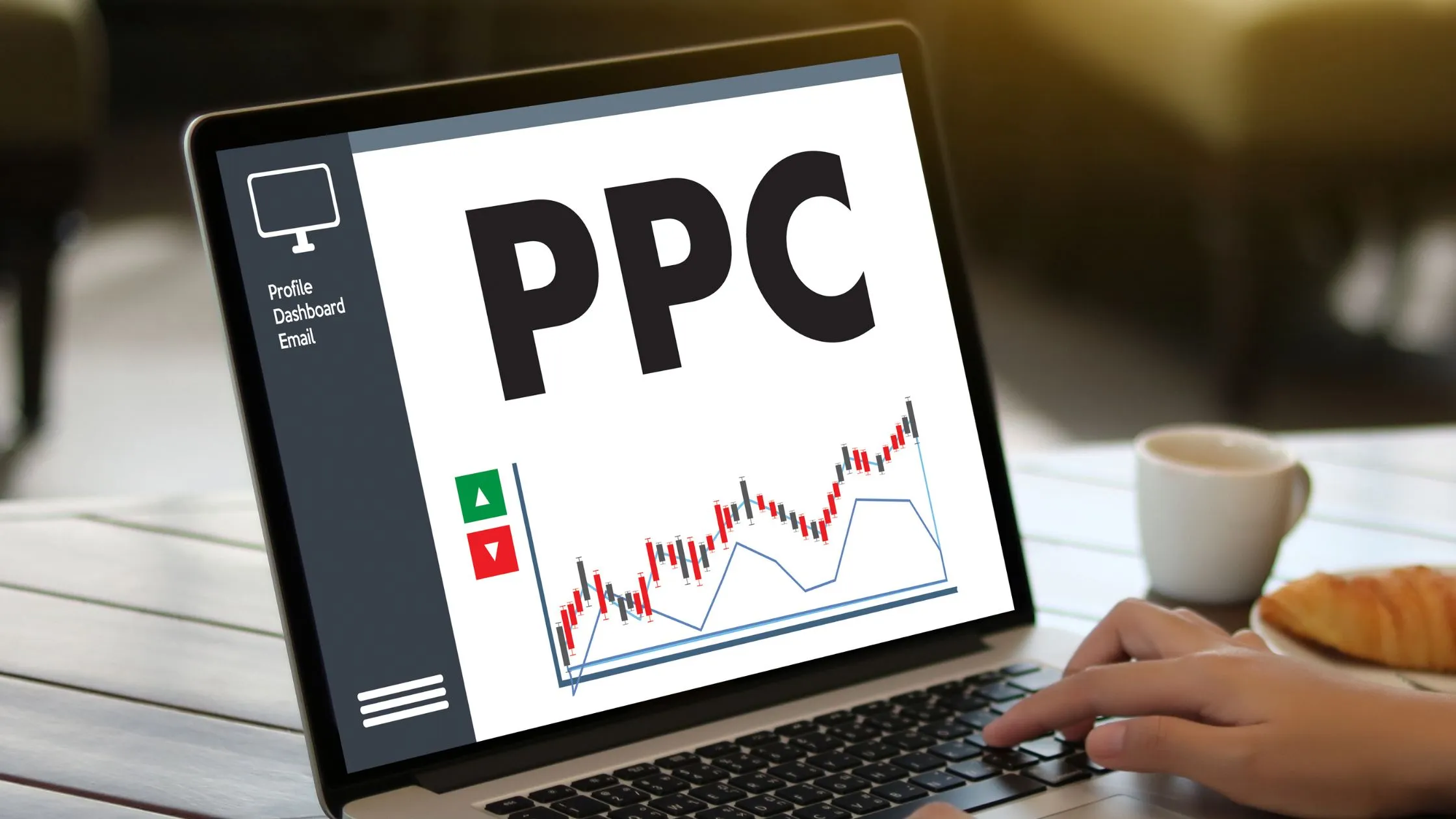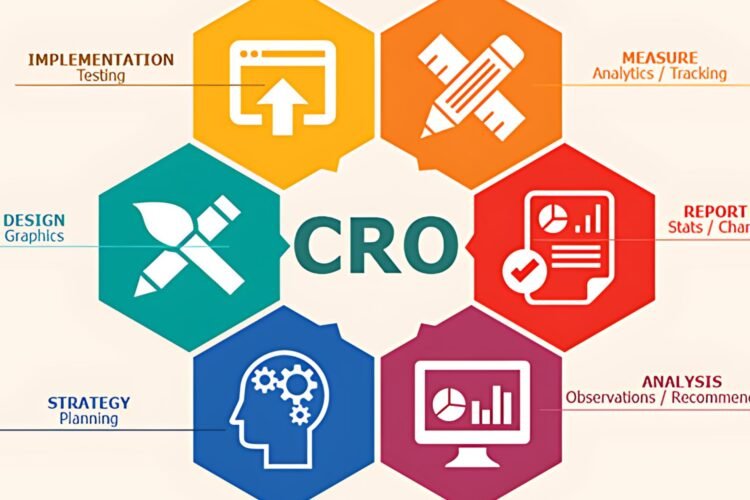
In digital marketing, Pay-Per-Click (PPC) advertising stands out as a powerful tool for businesses to reach their target audience, drive traffic to their websites, and ultimately boost conversions. With its ability to deliver instant results and measurable outcomes, PPC has become integral to digital marketing strategies worldwide. In this comprehensive guide, we’ll delve into the essence of PPC, its benefits, key strategies, and best practices for maximizing its potential.
What is PPC?
PPC, or pay-per-click, is an innovative method of online advertising where businesses pay a fee whenever their advertisement is clicked by a user. This approach allows advertisers to procure visits to their website instead of relying on organic traffic. A prevalent form of PPC is search engine advertising, where advertisers bid for ad placements in sponsored links on search engines when a user searches for keywords related to their products or services. This targeted advertising strategy enables businesses to efficiently reach their desired audience and potentially increase conversions.
The Benefits of PPC
Immediate Results: Unlike organic methods like SEO, which may take time to show results, PPC delivers instant visibility and traffic to your website.
Targeted Approach: PPC allows advertisers to target specific demographics, locations, interests, and devices, ensuring their ads reach the most relevant audience.
Measurable ROI: With robust analytics tools, advertisers can track every aspect of their Pay Per Click campaigns, including clicks, conversions, and return on investment (ROI), optimizing their strategies for better performance.
Budget Control

PPC campaigns offer complete control over budget allocation, allowing advertisers to set daily or monthly spending limits and adjust them as needed.
Enhanced Brand Visibility: Even if users don’t click on your ads, they still see your brand name and message, increasing brand awareness and recognition.
Critical Strategies for PPC Success
- Keyword Research: Conduct thorough keyword research to identify relevant search terms used by your target audience. Use tools like Google Keyword Planner, SEMrush, or Ahrefs to discover high-performing keywords with reasonable competition.
- Compelling Ad Copy: Craft persuasive ad copy that entices users to click. Highlight unique selling propositions, promotions, or special offers to capture attention and drive clicks.
- Landing Page Optimization: Ensure that your landing pages are optimized for conversions. A seamless user experience, relevant content, and clear call-to-action (CTA) are crucial for converting clicks into leads or sales.
- Bid Management: Monitor and adjust your bids regularly to balance ad position, visibility, and cost. Bid strategically based on keyword performance, competition, and campaign goals.
- Ad Extensions: Use ad extensions to provide additional information or features in your ads, such as site links, callouts, or location extensions. Extensions enhance ad visibility and improve ad relevance and user experience.
- Ad Testing: Continuously test different ad variations to identify what resonates best with your audience. Experiment with different headlines, descriptions, CTAs, and visuals to optimize ad performance over time.
Best Practices for PPC Campaigns
- Set Clear Goals: Define specific, measurable goals for your PPC campaigns, whether it’s increasing website traffic, generating leads, or driving sales. Align your strategies and metrics with these goals to track progress effectively.
- Regular Monitoring and Optimization: Monitor campaign performance regularly and make data-driven optimizations to improve results. Adjust bids, ad copy, targeting parameters, and landing pages based on performance insights and trends.
- Quality Score Optimization: Focus on improving your ad quality score, which is crucial in determining ad rank and cost-per-click (CPC). Enhance ad relevance, landing page experience, and expected click-through rate (CTR) to boost quality scores and lower CPC.
- Advertise Across Multiple Channels: Explore advertising opportunities beyond search engines, such as social media platforms like Facebook, Instagram, LinkedIn, or display networks. Diversifying your PPC efforts across multiple channels can extend your reach and engage different segments of your target audience.
- Stay Updated with Trends and Innovations: The digital marketing landscape is constantly evolving, with new technologies, features, and trends emerging regularly. Stay informed about industry updates, algorithm changes, and best practices to stay ahead of the competition and maximize your PPC efforts.
Conclusion
In the ever-evolving realm of digital marketing, Pay-Per-Click (PPC) advertising stands as a cornerstone strategy for businesses aiming to achieve immediate visibility, targeted reach, and measurable results. By harnessing the power of PPC advertising, companies can effectively drive traffic, generate leads, and expedite conversions, ultimately contributing to their overall success. Through a strategic approach, continuous optimization, and adherence to best practices, PPC campaigns have the potential to yield substantial returns on investment and propel businesses forward in the competitive online landscape.
PPC advertising offers numerous advantages, including precise audience targeting, flexible budgeting, and real-time performance tracking. By selecting relevant keywords, crafting compelling ad copy, and optimizing landing pages, businesses can maximize the impact of their PPC campaigns. Furthermore, the ability to continuously monitor and adjust campaigns allows for ongoing improvement and refinement, ensuring that resources are allocated effectively and efficiently.
In the pursuit of PPC success, it is essential for businesses to stay abreast of industry trends, emerging technologies, and evolving consumer behaviors. By doing so, they can adapt their strategies to remain competitive and capitalize on new opportunities. This may involve exploring innovative ad formats, such as video or interactive ads, or leveraging advanced targeting options to reach specific audience segments.


